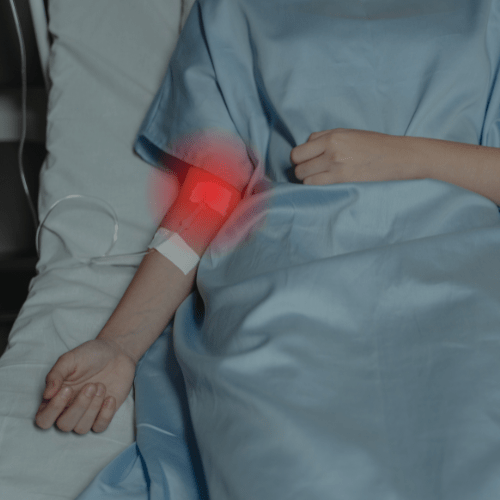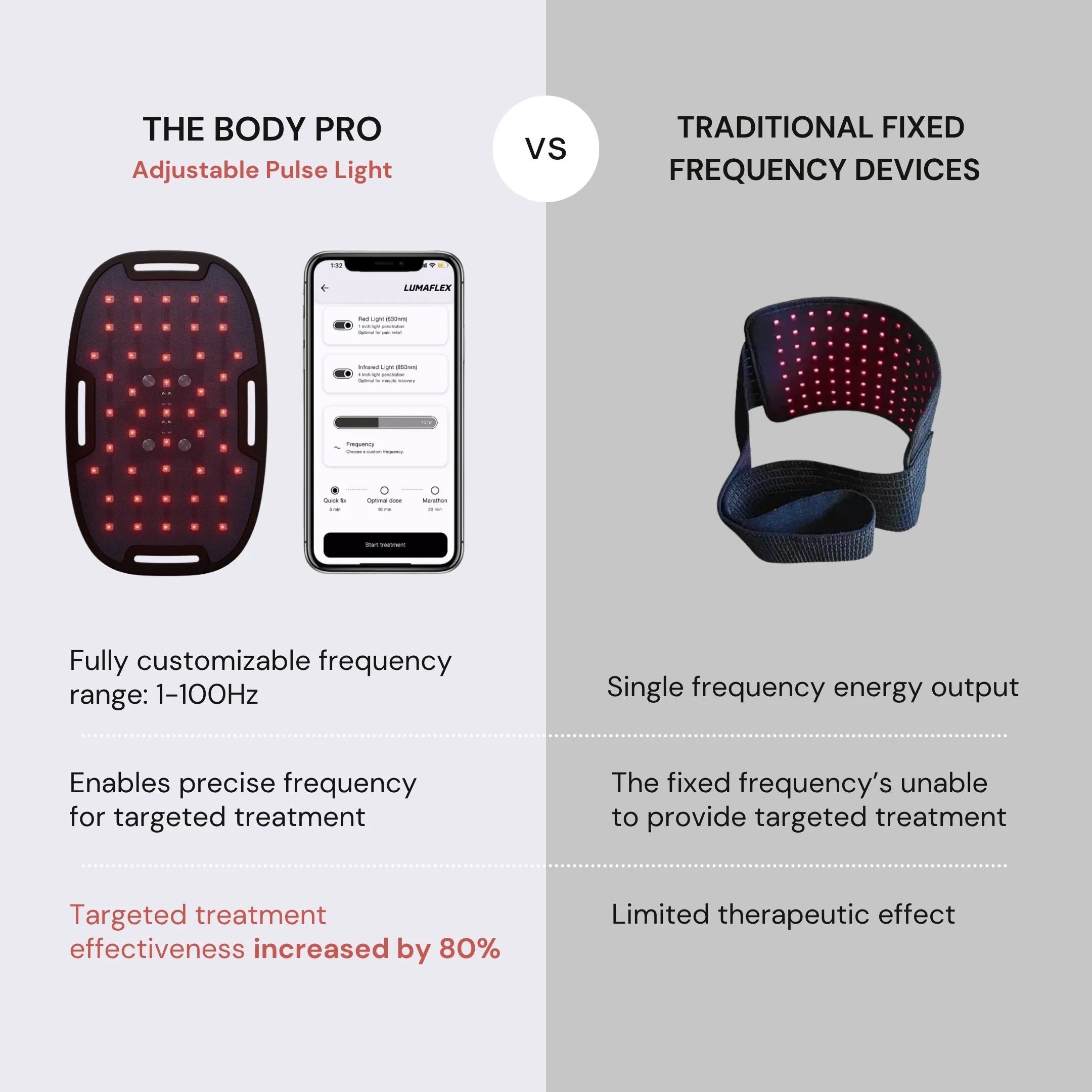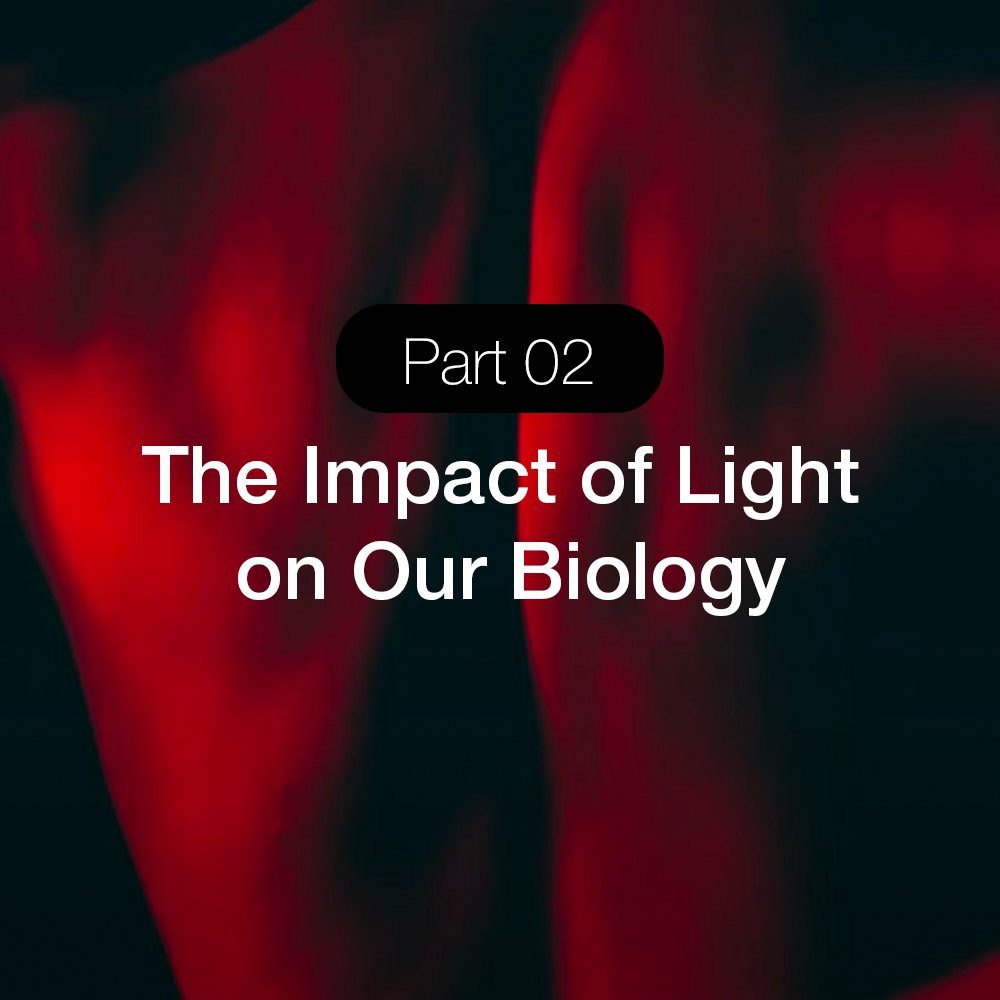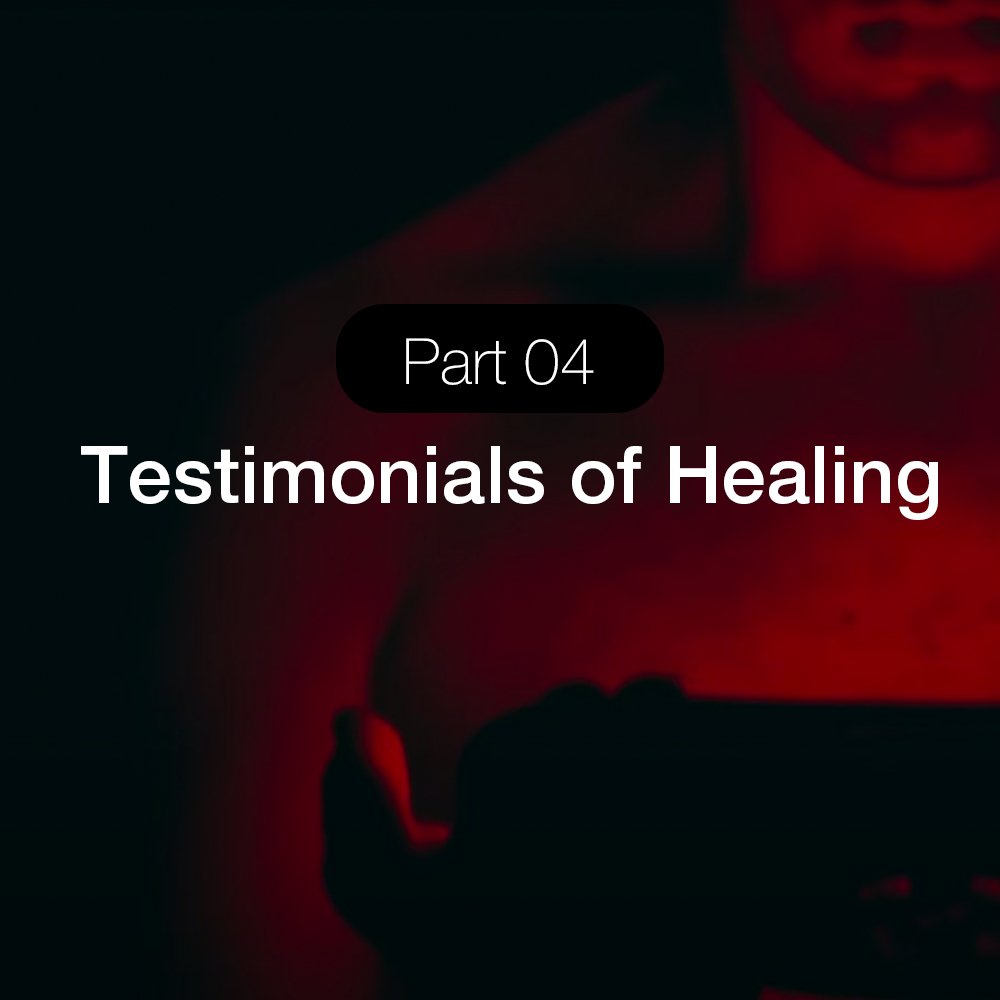Red Light Therapy for Cancer: How It Works, Benefits, and Current Research

Imagine a treatment that could ease the relentless pain of cancer, soothe the inflammation caused by harsh therapies, and even help your body heal, all without drugs, needles, or invasive procedures. This isn’t science fiction; it’s red light therapy for cancer, a cutting-edge approach that’s quietly revolutionizing supportive care for patients.
In recent years, the medical world has seen a surge of interest in non-invasive treatments, and red light therapy stands at the forefront. Unlike traditional methods that often come with debilitating side effects, this gentle yet powerful therapy harnesses specific wavelengths of light to stimulate cellular repair, reduce inflammation, and even lift the fog of cancer-related fatigue. For patients navigating the grueling journey of chemotherapy, radiation, or surgery, it offers a beacon of hope, a way to reclaim comfort and vitality.
But does it really work? And how? In this article, we’ll explore how red light therapy works, its benefits for cancer patients, key research findings, and what the future holds for this innovative treatment. Whether you’re a patient seeking alternatives or just curious about the expanding world of non-invasive treatments, red light therapy for cancer could be a vital part of your healing journey.
Table of content
- 1. What is Red Light Therapy?
- 2. How Red Light Therapy Can Help Cancer Patients
- 3. Current Research and Clinical Studies
- 4. Is Red Light Therapy Safe for Cancer Patients?
- 5. How to Use Red Light Therapy for Cancer
- 6. Future of Red Light Therapy in Cancer Treatment
- 7. Conclusion
- 8. References
- 9. Related Readings
What is Red Light Therapy?
At its core, red light therapy (RLT) is a non-invasive treatment that harnesses the power of specific wavelengths of red and near-infrared light to promote healing at the cellular level. Unlike ultraviolet rays, which can harm the skin and cause lasting damage, red and near-infrared light work in a much gentler way. These therapeutic wavelengths, typically ranging from 600-700 nm for red light and 700-1100 nm for near-infrared, penetrate safely below the surface of the skin, reaching deep into tissues where they trigger powerful biological responses.
This deep penetration helps energize cells, enhancing their natural ability to repair themselves. Think of it as giving your cells a much-needed boost, reviving their energy to fight inflammation, accelerate tissue regeneration, and improve circulation. The result? A natural healing process that’s powered by light, stimulating the body’s repair mechanisms without the need for invasive procedures or medications.
How It Works: The Science Behind the Light
When the body absorbs red or near-infrared light, it doesn’t just sit there. It sparks a series of powerful biological reactions that contribute to healing and recovery. Here’s a deeper look at what happens:
- Boosted Cellular Energy – The magic begins at the cellular level. Red and near-infrared light penetrate deep into tissues, where they energize the mitochondria, the "powerhouses" of our cells. This process enhances mitochondrial function, leading to an increase in the production of ATP, the energy molecule that fuels repair, regeneration, and overall cellular activity.
- Reduced Inflammation – Chronic inflammation is a common issue for cancer patients, often exacerbated by treatments like chemotherapy and radiation. Red light therapy helps soothe overactive immune responses, calming the body’s inflammatory processes. By reducing swelling and pain, it creates a much-needed sense of relief.
- Improved Circulation – Red light therapy also helps boost circulation by triggering the release of nitric oxide, a molecule that dilates blood vessels and promotes better blood flow. This enhanced circulation allows oxygen and vital nutrients to reach damaged tissues more effectively, speeding up the healing process.
- Accelerated Tissue Repair – Red light therapy plays a crucial role in tissue regeneration. One key effect is the stimulation of collagen production, which is essential for wound healing, skin recovery, and the repair of damaged tissues. This makes it especially beneficial for cancer patients recovering from surgery or radiation therapy.
These processes combine to create a comprehensive healing effect, making red light therapy a promising tool in cancer care, especially for managing pain, reducing inflammation, and accelerating recovery from treatments.

From NASA to Oncology: A Brief History
Red light therapy has an unexpected origin story that starts with space exploration. Originally developed by NASA in the 1990s, technology was designed to help astronauts heal more quickly from wounds and injuries while in the microgravity environment of space. The goal was simple: accelerate tissue repair and minimize recovery time in space, where the usual conditions for healing were limited. What NASA discovered was nothing short of groundbreaking, the application of specific wavelengths of light could significantly enhance cellular repair processes, even in the most challenging environments.
Soon after its success in space, researchers turned their attention to the potential of red light therapy in more earthly settings. It didn’t take long before it found its first niche in treating skin conditions, such as acne, wrinkles, and scars, where its regenerative properties were put to use. However, as scientists delved deeper into its therapeutic capabilities, the focus began to shift toward more serious conditions. Today, red light therapy is being actively explored as a potential adjunct treatment in oncology.
Researchers are particularly excited about its ability to alleviate some of the harsh side effects of cancer treatments, such as chemotherapy and radiation, and promote faster recovery. With its proven ability to reduce inflammation, manage pain, and stimulate tissue regeneration, red light therapy is making its way from NASA’s labs to cancer care centers around the world, offering hope for patients dealing with the aftermath of aggressive treatments.
How Red Light Therapy Can Help Cancer Patients
For cancer patients, the battle isn’t just against the disease. It’s against the pain, fatigue, and inflammation that often accompany aggressive treatments like chemotherapy, radiation, or surgery. Here’s where red light therapy steps in, offering a science-backed way to ease the struggle and support recovery.
1. Pain Relief: A Soothing Alternative
Cancer-related pain can be persistent, and for many, it becomes an overwhelming part of the treatment journey. Red light therapy offers a soothing alternative by stimulating the body’s natural pain-relief mechanisms. The therapy works by triggering the release of endorphins, the body’s natural painkillers, which help elevate mood and reduce discomfort. But it doesn’t stop there. Red light therapy also plays a role in blocking pain signals at the nerve level, making it especially beneficial for patients dealing with neuropathy (nerve damage) caused by chemotherapy or post-surgical pain. This dual-action approach creates a powerful, natural form of pain relief that reduces dependence on medications and enhances overall quality of life for cancer patients.
Rather than relying on pharmaceutical interventions, which can come with their own set of side effects, red light therapy provides a holistic alternative, enabling cancer patients to regain control over their well-being.
2. Calming the Fire of Inflammation
Cancer treatments like radiation and chemotherapy are powerful tools in fighting the disease, but they often come with a painful side effect: inflammation. Patients frequently experience swelling, soreness, and discomfort as a result of these treatments, making recovery even more challenging. This is where red light therapy offers significant relief, providing a gentle yet effective way to calm the body’s inflammatory response and accelerate healing.
Red light therapy targets inflammation at its core by suppressing pro-inflammatory cytokines, which are molecules that contribute to swelling and pain. By reducing their activity, the therapy helps lower overall inflammation in the body. Additionally, red light therapy boosts antioxidant activity, further protecting tissues from the oxidative stress that exacerbates inflammation. This combination not only helps soothe irritated tissues but also promotes faster healing by creating a more balanced, less inflamed environment.
For cancer patients, managing inflammation is crucial, especially when dealing with the aftereffects of radiation or chemotherapy. Red light therapy provides a natural, non-invasive solution to ease the discomfort caused by inflammation, helping patients heal more efficiently and comfortably.
3. Healing Damaged Tissues
Cancer treatments like surgery and radiation can leave the skin, muscles, and surrounding tissues weakened, making recovery feel like an uphill battle. Red light therapy offers a natural and powerful solution to promote tissue healing and restore damaged areas.
By stimulating the production of collagen, the body’s primary protein for tissue repair, red light therapy accelerates the recovery of skin and muscle tissues, helping wounds heal faster and more effectively. But that’s not all, it also boosts blood flow, ensuring that vital oxygen and nutrients are delivered directly to the damaged areas, speeding up the healing process. Additionally, red light therapy enhances cell regeneration, encouraging the production of new, healthy cells to replace damaged ones more quickly.
For cancer patients recovering from surgery or radiation, these benefits are crucial. Red light therapy helps to restore skin elasticity, reduce scarring, and rebuild healthy tissue, giving patients the support they need to heal with less discomfort and in less time.
4. Fighting Fatigue and Lifting Mood
Cancer-related fatigue is more than just feeling tired—it’s a profound, unrelenting exhaustion that can leave patients feeling mentally and physically drained. This type of fatigue often takes a heavy toll on a patient’s emotional well-being, leading to feelings of frustration, anxiety, and even depression. Red light therapy offers a promising way to fight this debilitating fatigue while improving mood and overall energy levels.
Early research suggests that red light therapy works by optimizing mitochondrial function, the body's energy "factories." By enhancing mitochondrial performance, red light therapy helps boost ATP production, giving cells more energy to function and recover. This increase in energy can directly improve stamina and reduce the overwhelming sense of fatigue that many cancer patients face.
Additionally, red light therapy is believed to help balance neurotransmitters that are often disrupted during cancer treatment, particularly those linked to mood disorders like depression. By restoring balance to these mood-regulating chemicals, red light therapy can lift spirits, increase mental clarity, and improve overall emotional health.
For patients dealing with the emotional and physical toll of cancer, red light therapy offers a natural, non-invasive way to restore vitality and improve quality of life.
What the Science Says
The science behind red light therapy is steadily building momentum, with numerous clinical trials underscoring its potential in cancer care. Research has demonstrated that this non-invasive treatment can significantly benefit cancer patients, from reducing pain to promoting faster recovery.
- In a 2017 study published in Photomedicine and Laser Surgery, researchers discovered that red light therapy provided significant relief for breast cancer patients suffering from radiation-induced skin damage. The study showed a marked reduction in both pain and inflammation, offering a promising option for managing the harsh side effects of radiation therapy.
- Another compelling study, published in Cancer Research and Treatment, explored the use of near-infrared light to enhance wound healing post-surgery. The findings were clear: near-infrared light therapy accelerated tissue repair, helping patients recover more quickly and effectively after surgical procedures. This has major implications for cancer patients who undergo surgery as part of their treatment plan.
These studies are just the beginning, as more research is underway to explore the full range of benefits red light therapy can offer. The growing body of evidence supports its role in cancer care, highlighting its potential as a complementary treatment for pain management, inflammation reduction, and tissue healing.
Current Research and Clinical Studies
The growing interest in red light therapy for cancer care has sparked an increasing number of clinical studies that explore its potential benefits for patients undergoing conventional cancer treatments. While the research is still in its early stages, early findings highlight the promising impact of this non-invasive treatment in alleviating the side effects of chemotherapy, radiation, and surgery.
Key Findings from Cancer Therapy Trials
- Pain and Inflammation Reduction: A 2022 study published in Journal of Lasers in Medical Sciences examined the effects of red light therapy on breast cancer patients undergoing radiation therapy. The results were striking, patients experienced significant pain relief and a reduction in skin irritation, common side effects of radiation. This highlights red light therapy's potential as an adjunct treatment for managing the discomfort associated with radiation therapy.
- Wound Healing: Research published in Lasers Medicine explored the effects of near-infrared light on head and neck cancer patients recovering from surgery. The study found that near-infrared light therapy accelerated tissue repair, reducing recovery time by as much as 30%. This could revolutionize the way patients heal after surgery, improving their overall quality of life during recovery.
- Fatigue Management: Preliminary trials, such as one published in Contemporary Clinical Trials, explored how red light therapy can help combat cancer-related fatigue, a common issue for many patients. The study found that patients who underwent regular light therapy sessions reported improved energy levels and a reduction in fatigue, potentially enhancing their ability to cope with the physical and emotional toll of cancer treatment.
These studies provide exciting evidence that red light therapy has the potential to play a significant role in cancer care, particularly in alleviating pain, speeding up recovery, and improving overall well-being for patients.
Limitations and the Road Ahead
While the early research surrounding red light therapy is promising for cancer, experts emphasize that the field is still in its infancy. Many of the studies conducted thus far have small sample sizes and are short-term in nature, making it difficult to draw definitive conclusions about the therapy’s long-term efficacy in cancer care. The mechanisms behind red light therapy’s effects on cancer cells are still being studied, and more comprehensive clinical trials are needed to confirm its true potential.
Despite these limitations, the existing body of research suggests that red light therapy could serve as a valuable adjunct treatment for cancer patients, especially for managing side effects and promoting recovery. Experts agree that as more studies are conducted, a clearer understanding of how red light therapy interacts with cancer cells will emerge.
Expert Perspectives
An oncologist specializing in integrative therapies, explains:
"Red light therapy shows real potential as an evidence-based treatment for symptom management, but it’s not a standalone cure. Patients should view it as a complementary tool, not a replacement for conventional care."
This perspective highlights the importance of integrating red light therapy into a broader treatment plan, one that combines traditional cancer therapies with emerging alternatives for optimal patient care.
While the scientific community continues to explore its full range of benefits, the future of red light therapy in cancer care looks promising—literally. As research evolves, it may become a widely accepted part of cancer treatment, offering patients a non-invasive, supportive option for managing pain, inflammation, fatigue, and more.
Is Red Light Therapy Safe for Cancer Patients?
When it comes to cancer treatment, safety is always the top priority. So, where does red light therapy stand in terms of patient safety? The good news is that it’s considered one of the gentlest supportive therapies available, with minimal side effects, such as temporary redness or mild warmth. However, there are some important nuances to consider, especially for cancer patients.
Safety Profile
- Non-Toxic & Non-Invasive: Unlike aggressive treatments like chemotherapy or radiation, red light therapy does not damage healthy cells or cause systemic harm. It targets only specific tissues, stimulating healing processes without the harsh side effects associated with conventional cancer treatments.
- Contraindications: While generally safe, direct application over active tumors should be avoided, unless under medical supervision. Some studies suggest that light could, in theory, stimulate cancer cell growth in isolated cases. As such, patients should always seek guidance before using red light therapy near areas affected by cancer.
Precautions to Take
- Consult Your Oncologist First: Before starting red light therapy, particularly if you’re undergoing radiation, immunotherapy, or have photosensitive skin, it’s important to consult with your oncologist to ensure it’s safe and appropriate for your condition.
- Patch Test: Start with short sessions of about 3–5 minutes to assess how your body responds and to ensure you’re not sensitive to the light.
- Device Quality Matters: Only use FDA-cleared or clinically tested devices to ensure they emit the correct wavelengths and are safe and effective for cancer patients. Avoid using unregulated products that may not provide the intended therapeutic benefits.
Who Benefits Most?
Cancer patients dealing with treatment side effects like pain, inflammation, or slow-healing wounds are ideal candidates for red light therapy. However, extra caution should be taken for those with metastatic cancer or implanted medical devices, as these groups may have unique needs and risks.
Bottom Line
While red light therapy has a well-documented safety profile and is considered effective for supportive care, it’s crucial to always consult with a healthcare provider before starting treatment. Professional guidance ensures that therapy is used safely and in conjunction with conventional cancer care.
How to Use Red Light Therapy for Cancer
For cancer patients seeking supportive care, red light therapy devices offer flexibility in how treatments are administered, whether at home or in clinical settings. Here’s how to integrate them into your routine safely and effectively:

Types of Devices
Handheld Wands: These portable devices are perfect for targeting small areas, such as surgical scars or localized joint pain. Their precision allows patients to focus on specific spots where relief is needed.
Full-Body Panels: Best suited for systemic benefits like fatigue and overall inflammation, these panels offer broad coverage and can be used for larger areas of the body.
Professional-Grade Systems: Typically available in clinics, these devices deliver higher-intensity treatments under medical supervision, ensuring that the therapy is tailored to meet your specific needs.
At-Home Use Guide
1. Positioning: Hold or place the device about 6–12 inches from bare skin, ensuring the light directly reaches the target area.
2. Duration: Start with 3–10 minutes per area, using the device 3–5 times per week. Adjust based on how your body responds and your treatment goals.
3. Consistency: For acute issues, like wound healing, daily use may offer the best results. For maintenance and long-term benefits, fewer sessions might be sufficient.
Pro Tips
For optimal results, consider combining home treatments with professional therapy sessions. This approach allows you to benefit from the convenience and flexibility of at-home care while receiving the higher intensity and expert oversight that comes with professional treatments. By alternating between the two, you can create a more comprehensive treatment plan tailored to your specific needs.
Additionally, it’s important to track your progress over time. Pay attention to any changes in pain levels, energy, and skin healing, as these can provide valuable insights into the effectiveness of your therapy. Monitoring these factors will help you adjust your routine to ensure you’re getting the most out of your red light therapy sessions and making progress toward your healing goals.
Always consult with your oncology team to personalize red light therapy based on your cancer treatment plan and ensure its safe integration into your care.
Future of Red Light Therapy in Cancer Treatment
The future of red light therapy in oncology looks incredibly promising, with researchers eager to unlock its full potential in transforming cancer care. What was once viewed primarily as a tool for symptom management could soon evolve into an integral part of cancer treatment, moving beyond pain relief and fatigue management to actively support healing and recovery. As a complementary treatment, red light therapy may become a regular part of the therapeutic toolkit, used alongside chemotherapy and radiation to enhance outcomes and improve the quality of life for cancer patients.
Expanding Research Horizons
Upcoming studies are delving into several exciting areas, including:
- Synergy with Chemo/Radiation: Researchers are investigating whether red light therapy can reduce the side effects of cancer treatments like mucositis and neuropathy, while simultaneously boosting the overall effectiveness of chemotherapy and radiation.
- Immunomodulation: Early research hints that red light therapy might have a role in modulating immune responses, potentially enhancing the efficacy of immunotherapy treatments and improving the body’s natural defense mechanisms against cancer.
Long-Term Vision
Should clinical trials confirm these benefits, red light therapy could shift from a niche treatment to a mainstream one, no longer limited to alleviating symptoms like pain or fatigue. It could become a proactive tool, prescribed as part of a comprehensive recovery plan aimed at boosting healing and improving long-term outcomes. For now, red light therapy remains a promising ally in cancer care, with ongoing research paving the way for broader acceptance and integration into standard treatment protocols.
Conclusion
Red light therapy for cancer is emerging as a beacon of hope, offering a non-invasive, drug-free approach to managing pain, reducing inflammation, and promoting healing during cancer treatment. While research is still progressing, the potential for red light therapy to enhance recovery and improve quality of life for cancer patients is undeniable.
If you or a loved one are navigating cancer treatment, it’s worth consulting with your healthcare provider to see if red light therapy could complement your existing care plan. As studies continue to unfold, this innovative therapy may soon play a central role in integrative oncology, offering cancer patients a powerful tool to support their journey to recovery.
Ready to unlock the power of red light therapy? Enroll in the Lumaflex Foundations Course today and start your journey to better health!
References
1. 2024 International Congress on Integrative Medicine & Health Abstracts. (2024). Global Advances in Integrative Medicine and Health, 13. https://doi.org/10.1177/27536130241242891
2. Austin, E., Huang, A., Wang, J. Y., Cohen, M., Heilman, E., Maverakis, E., Michl, J., & Jagdeo, J. (2022). Red light phototherapy using Light-Emitting diodes inhibits melanoma proliferation and alters tumor microenvironments. Frontiers in Oncology, 12. https://doi.org/10.3389/fonc.2022.928484
3. De Pauli Paglioni, M., Martins, M. D., Lopes, M. A., Ribeiro, A. C. P., Brandão, T. B., Migliorati, C. A., & Silva, A. R. D. S. (2020). PHOTOBIOMODULATION USED IN CANCER TREATMENT TOXICITIES SHOULD BE CONSIDERED SAFE: a SYSTEMATIC REVIEW. Oral Surgery Oral Medicine Oral Pathology and Oral Radiology, 130(3), e246. https://doi.org/10.1016/j.oooo.2020.04.638
4. Gorchak, Y. Y., Guens, G. P., Prazdnikov, E. N., Stakhanov, M. L., Reshetov, D. N., & Khlanta, D. A. (2022). Low-intensity laser irradiation in the rehabilitation of patients after radical surgical or combined treatment for head and neck tumors. Laser Medicine, 25(3), 21–28. https://doi.org/10.37895/2071-8004-2021-25-3-21-28
5. Hamblin, M. R. (2008). The role of nitric oxide in low level light therapy. Proceedings of SPIE, the International Society for Optical Engineering/Proceedings of SPIE, 6846, 684602. https://doi.org/10.1117/12.764918
6. Johnson, J. A., Garland, S. N., Carlson, L. E., Savard, J., Simpson, J. S. A., Ancoli-Israel, S., & Campbell, T. S. (2016). The LITE study: Rationale and protocol for a randomized controlled trial of light therapy for cancer-related fatigue in cancer survivors. Contemporary Clinical Trials, 49, 166–173. https://doi.org/10.1016/j.cct.2016.07.004
7. Khorsandi, K., Hosseinzadeh, R., Abrahamse, H., & Fekrazad, R. (2020). Biological responses of stem cells to photobiomodulation therapy. Current Stem Cell Research & Therapy, 15(5), 400–413. https://doi.org/10.2174/1574888x15666200204123722
8. Lask, G., Fournier, N., Trelles, M., Elman, M., Scheflan, M., Slatkine, M., Naimark, J., & Harth, Y. (2005). The utilization of nonthermal blue (405–425 nm) and near infrared (850–890 nm) light in aesthetic dermatology and surgery—a multicenter study. Journal of Cosmetic and Laser Therapy, 7(3–4), 163–170. https://doi.org/10.1080/14764170500344302
9. Osborne, N. N., Álvarez, C. N., & Del Olmo Aguado, S. (2014). Targeting mitochondrial dysfunction as in aging and glaucoma. Drug Discovery Today, 19(10), 1613–1622. https://doi.org/10.1016/j.drudis.2014.05.010
10. Rocha, S. R., Da Costa Ferreira, S. A., Ramalho, A., Santos, V. L. C. G., & Nogueira, P. C. (2022a). Photobiomodulation therapy in the prevention and Treatment of radiodermatitis in breast cancer patients: Systematic review. Journal of Lasers in Medical Sciences, 13, e42. https://doi.org/10.34172/jlms.2022.42
11. Rocha, S. R., Da Costa Ferreira, S. A., Ramalho, A., Santos, V. L. C. G., & Nogueira, P. C. (2022b). Photobiomodulation therapy in the prevention and Treatment of radiodermatitis in breast cancer patients: Systematic review. Journal of Lasers in Medical Sciences, 13, e42. https://doi.org/10.34172/jlms.2022.42
12. Rupel, K., Zupin, L., Colliva, A., Kamada, A., Poropat, A., Ottaviani, G., Gobbo, M., Fanfoni, L., Gratton, R., Santoro, M., Di Lenarda, R., Biasotto, M., & Zacchigna, S. (2018). Photobiomodulation at multiple wavelengths differentially modulates oxidative stress in vitro and in vivo. Oxidative Medicine and Cellular Longevity, 2018(1). https://doi.org/10.1155/2018/6510159
13. Shamloo, S., Defensor, E., Ciari, P., Ogawa, G., Vidano, L., Lin, J. S., Fortkort, J. A., Shamloo, M., & Barron, A. E. (2023). The anti-inflammatory effects of photobiomodulation are mediated by cytokines: Evidence from a mouse model of inflammation. Frontiers in Neuroscience, 17. https://doi.org/10.3389/fnins.2023.1150156
14. Wang, Q., Oh, P., & Jeong, H. (2025). From molecular mechanisms to clinical applications: A comprehensive review of photobiomodulation in cancer treatment. Photochemistry and Photobiology. https://doi.org/10.1111/php.14107
15. Wu, H., Davis, J. E., & Chen, L. (2021). Bright light shows promise in improving sleep, depression, and quality of life in women with breast cancer during chemotherapy: findings of a pilot study. Chronobiology International, 38(5), 694–704. https://doi.org/10.1080/07420528.2021.1871914
Related Readings
1. A Meta-analysis: Red Light Therapy and Cancer Risk
2. Maximize Your Skin Health: A Complete Guide to Red Light Therapy for Skin Cancer Treatment
3. Red Light Therapy: Potential Benefits for Breast Cancer Patients
4. Red Light Therapy for Skin: A Complete Guide
5. Red Light Therapy for Neuropathy: Pain Relief & Nerve Repair Guide
6. Red Light Therapy and Lupus: A Potential Complementary Therapy
7. 5 Surprising Benefits of Red Light Therapy: Dangers To Know

